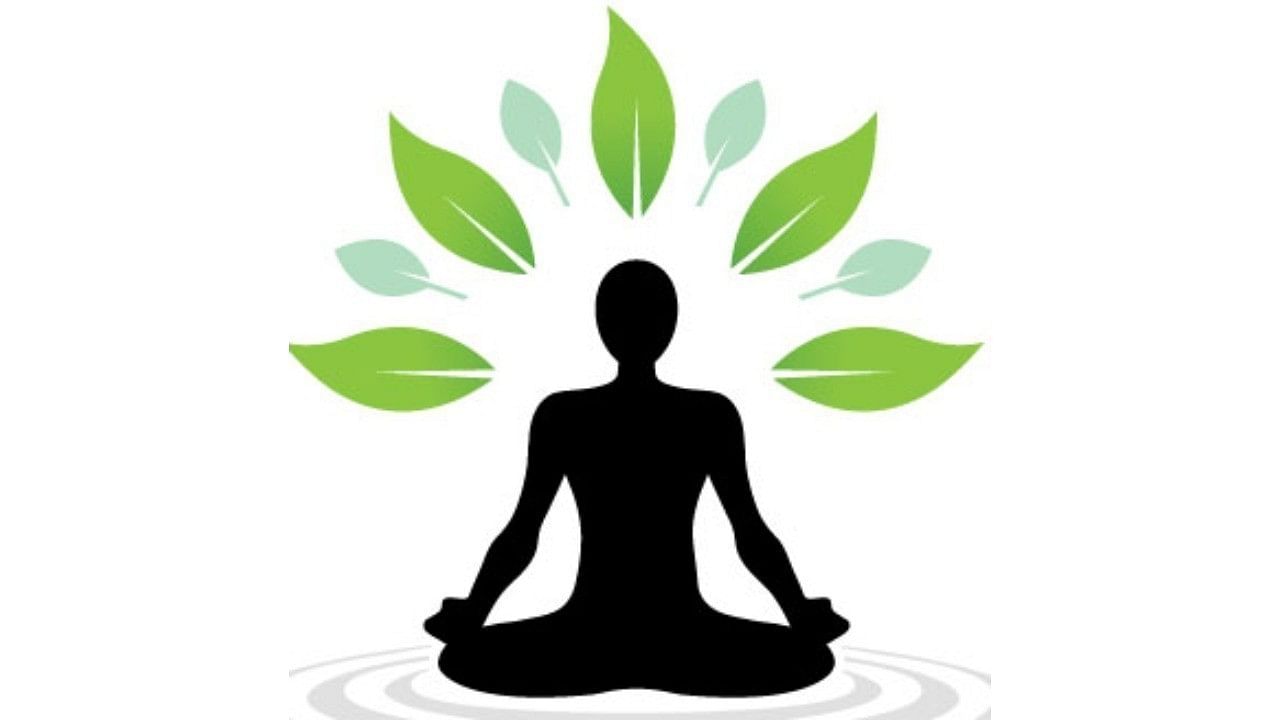
Oasis logo
Credit: DH Illustration
Recently one of my dear friends passed away. He was running into his 85th year. He lived very simple and quiet life and passed away quietly. For a few weeks he had experienced difficulty. While coughing, sputum wouldn’t come out. That was the only outer sign. Sensing some minor old age issue his niece and nephew brought him to hospital. He walked swiftly inside the hospital, never to walk back. Within a couple of days, it was all over. He was diagnosed with advanced stage of lung cancer.
Now in his absence, he has become a live example for people in his circle of how spiritual saadhana can help you to endure an otherwise painful experience; saadhana can make the journey to the beyond comparatively painless. But how many of them had noticed his ‘presence’ while life was kicking in him? That’s the irony.
Saadhana unfailingly does what it must do. There is no need to speak a word about it. Saadhana needs no glorification. Those who do it become glorious. He was a rare person.
In his casual and rugged ordinariness, his extraordinary character was neatly wrapped.
The volume of content available in our mail boxes from our conversations over email may be enough to write a couple of books. He was the only friend I had in Bengaluru whom I considered a friend in the real sense.
He was not an ordinary person. About 55 years of his saadhana had evolved him to command a humble spiritual presence.
But one needs certain level of divine discernment, what is known as Vimal Vivek, received from a guru to feel the ‘real presence’. Saadhana without choosing one’s guru derails spiritual progress.
The real goal of spiritual saadhana is satsang. In satsang alone it is possible to undergo the experience of real freedom, independence, salvation and liberation. These are various levels of satsang in an initiate’s consciousness which keeps changing/transforming/ metamorphosing/transcending until one attains the ultimate.
What is common among all forms of satsang like the thread coursing through beads in a rosary or flowers in a garland? Think about it. Isn’t it the dialogue with the ‘other’ within whether we are at war or in peace?